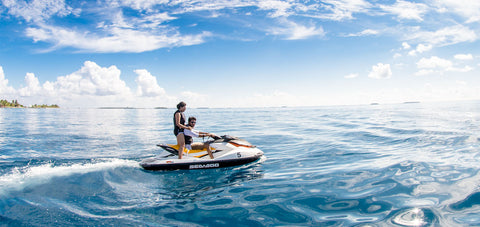The Best Way to Store Your Sails for the Winter
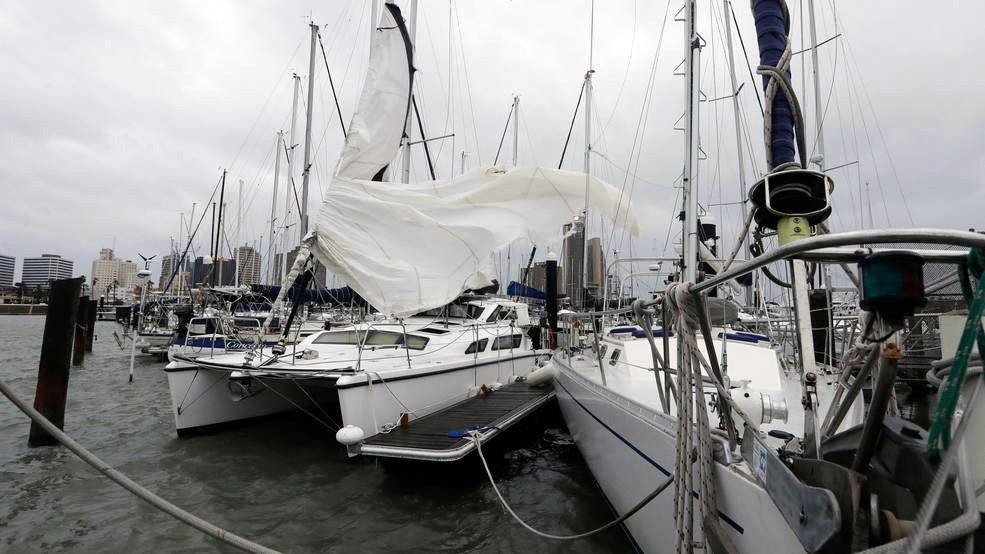
Every year the Pacific Northwest experiences at least one big Winter storm, and every year at least one sailor at the marina I frequent neglects to remove their sails from their boat and store them properly. So, every year, until the boat owner comes down to check on their boat after the storm, there is a sad looking sailboat at the dock with ragged, half-unfurled sails in shreds flapping in the breeze. Don’t be that one sailor; take your sails off your boat. Putting a cover on your mainsail and staysail in the furler are not enough – remove and store them all properly. This article will focus on the best methods to store your sails for the off-season.
Be Honest, You Know When You’re Done
You’ll likely entertain the idea that you’ll get one more chance on the water before you put the boat away but be honest, you know when you’re done, and good sunny days for winterizing are numbered. When your season is over, get those sails off right away.
Storage Prep
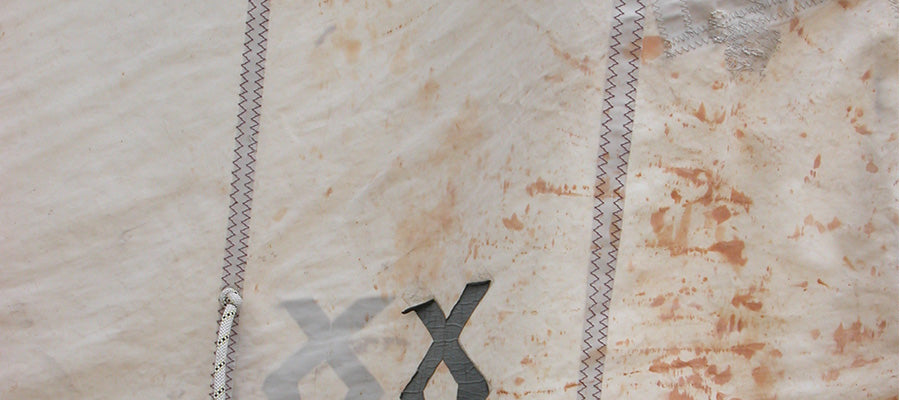
Your two worst enemies for sail storage are salt and mildew, so do your prep to confront those first. Salt is abrasive, which can damage rolled sails, and it holds moisture. Salt can also attract animals that will chew holes in fabric. Mildew forms in damp environments. Choose a sunny day and rinse the salt off your sails thoroughly. If you have dirty areas on the sail, you can wash them with a mild detergent and then rinse again. Afterward, let your sails dry completely. Ensure you have a storage location that is dry, safe from pests, and does not experience drastic temperature changes that cause condensation, such as a heated basement – do not store sails on the boat!
Inspect
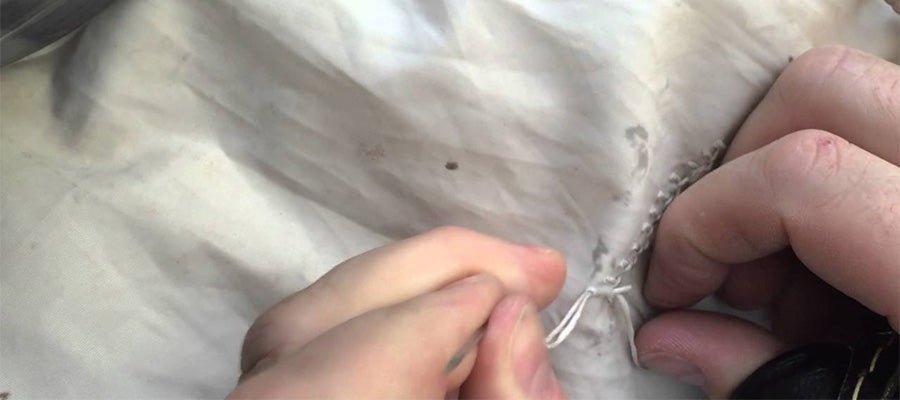
While you have your sails down and clean, it’s a good chance to inspect them for any damage incurred over the boating season. Be sure to pay particular attention to the seams and stitching, as that’s likely what will give first. The sun’s UV radiation degrades sails over time as well, so look closely at any areas that are typically exposed to sun, even when the sails are furled. Lastly, look for areas of chafe, such as around stays, grommets, leech, tack, head, and clew. Do your repairs or bring your sails into the sailmaker to have them done before storage. You’ll be thankful next season when you can just put up your sails and go with complete peace of mind.
Modify

This is also the time to do any modifications. Perhaps you are looking to add some radar dome chafe protection or are converting your sail for roller furling. Get it done now so you aren’t taking away from your time on the water later.
Store
I’ve heard all kinds of advice on how to fold sails properly, but here is all you need to know about that: don’t. That’s right; don’t fold your sails at all. Folding sails creates creases and chafe points, especially when left for long periods. The best way to store your sails is to roll them up. Spread out your sail in a large flat area, and then roll it from head to foot, parallel with any battens. 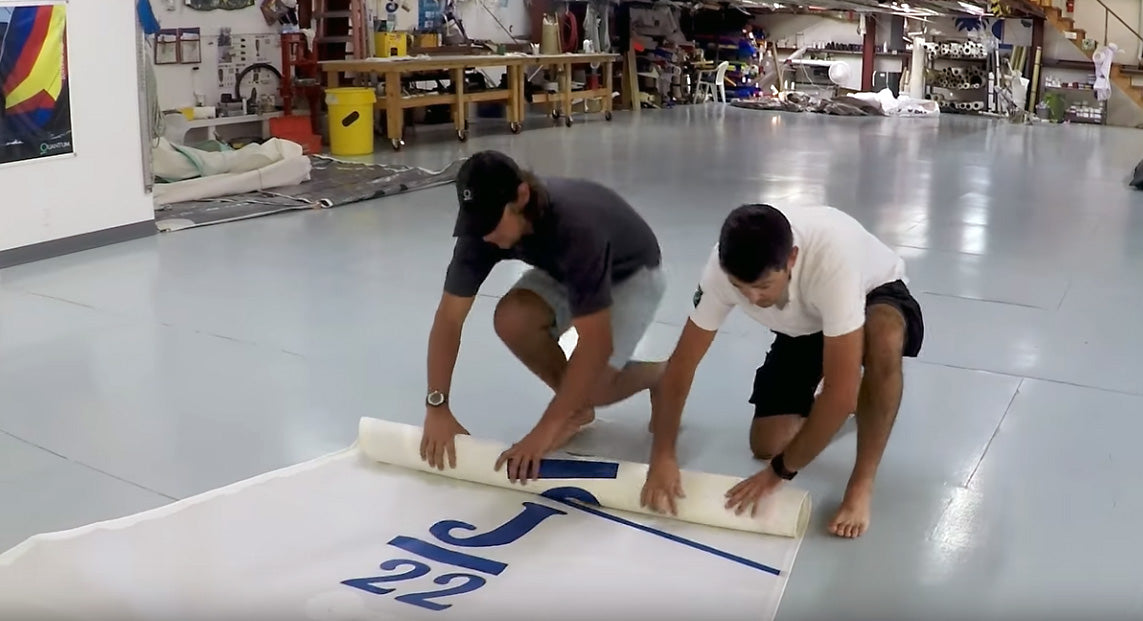
If storage space is an issue, you can flake your sail first, and then roll it luff to leech.
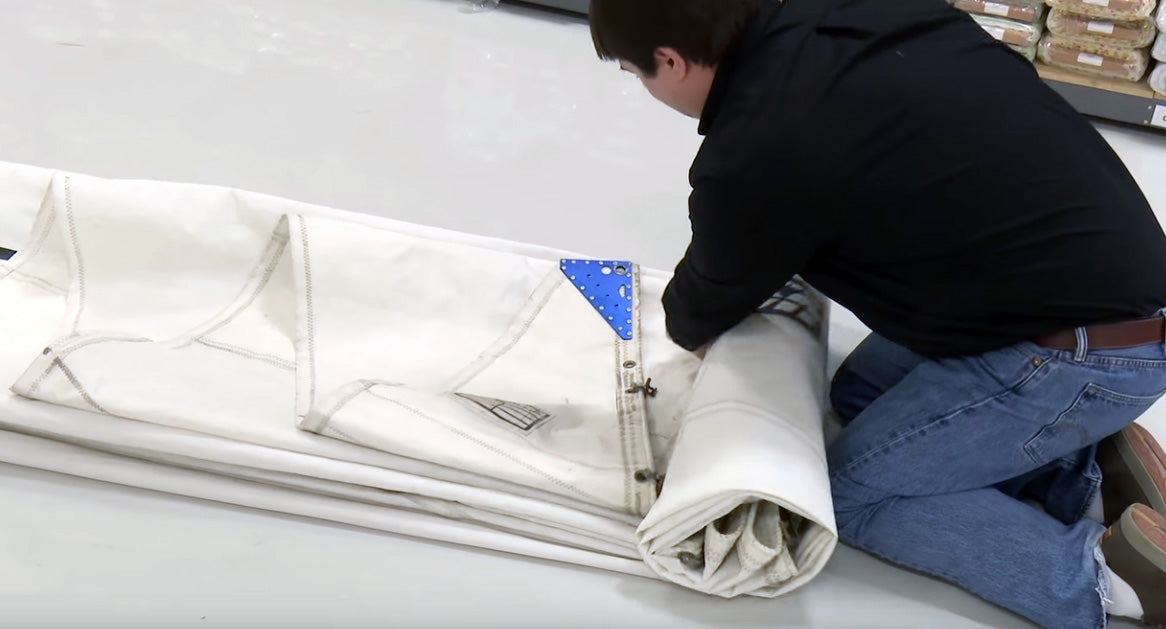
Note that that flaking can introduce creases, so be sure to narrow or widen your flakes each time you store your sail to avoid repeatedly folding at the same points. Once rolled, put your sails in sail bags and place them on a shelf where air can circulate. Do not place anything on top of your sails as doing that will lead to more crease and chafe problems. Consider adding a wide frequency ultrasonic pest repeller to help keep rodents from using your sails as bedding material.
Wrapping Up
When you’re winterizing this year, don’t forget your sails. It is important to take your sails off the boat completely and store them in a dry, temperature-stable location out of the reach of animals. Be sure to clean and dry your sails thoroughly before storage. Use the opportunity to inspect your sails, repair any UV damage or tears, and make any modifications you’ve been thinking about. Remember to roll, not fold, your sails. With a little effort and attention your sails will last for years to come.
Published
Recent Posts
Balancing Proven Tradition with Cutting-Edge Performance
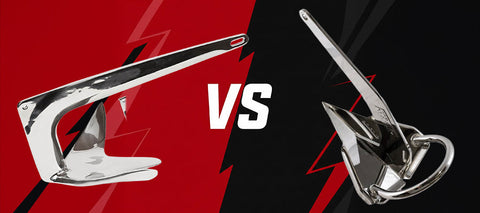
When choosing an anchor, it’s not a question of “traditional vs. modern”, despite our eye-catching article image *wink*, but "what combination of reliability, cost and performance best suits your specific needs?" Here’s a side-by-side look at why time-tested anchors remain indispensable even as shiny new designs continue to enter the market.
Windlass Problems? Common Issues and How to Fix Them
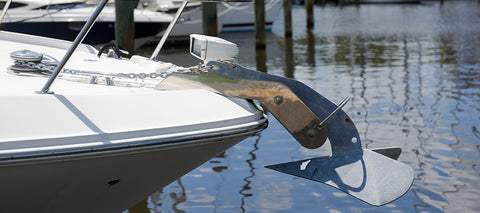
Let's look at common issues with windlasses and how to address them:
1) Windlass Won’t Run in Either Direction
2) Solenoid Clicks, but Windlass Won’t Move
3) Windlass Lacks Power to Haul the Anchor
4) Rode Gets Jammed or Doesn’t Come In
Our history: a 20 year journey

Boat Cleaning Tips for Anglers: Keeping Your Vessel Spotless and Pristine

Avast, Ye Mariners! Master the Art of Docking: A Swashbuckling Guide for Boaters
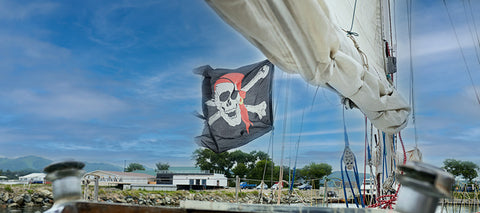
Top Reasons to Keep a Boating Maintenance Log
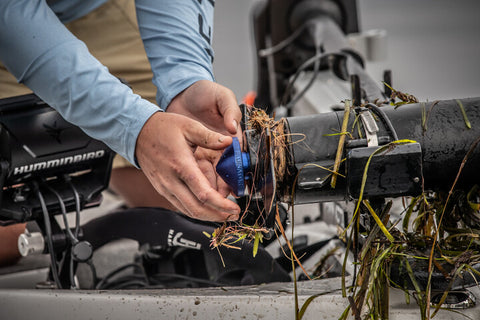
4 Top Tips for Buying a New-to-you Used Boat
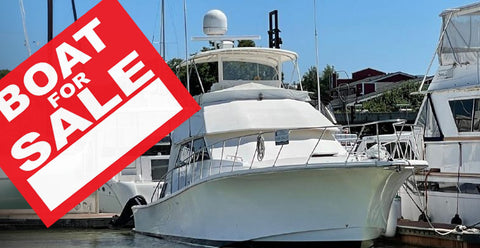
Bent Boat Anchor Shank: Common Causes and Prevention Tips

Prepare Your Boat For An Above Average Hurricane Season
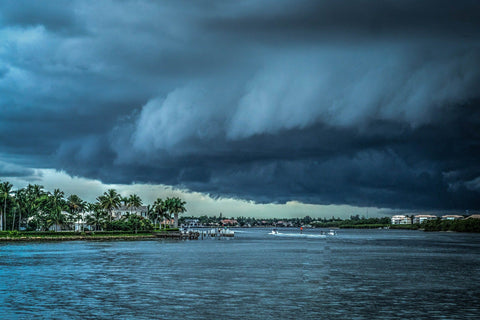
Best Methods For Anchoring Your Jet Ski in Deep or Shallow Water
